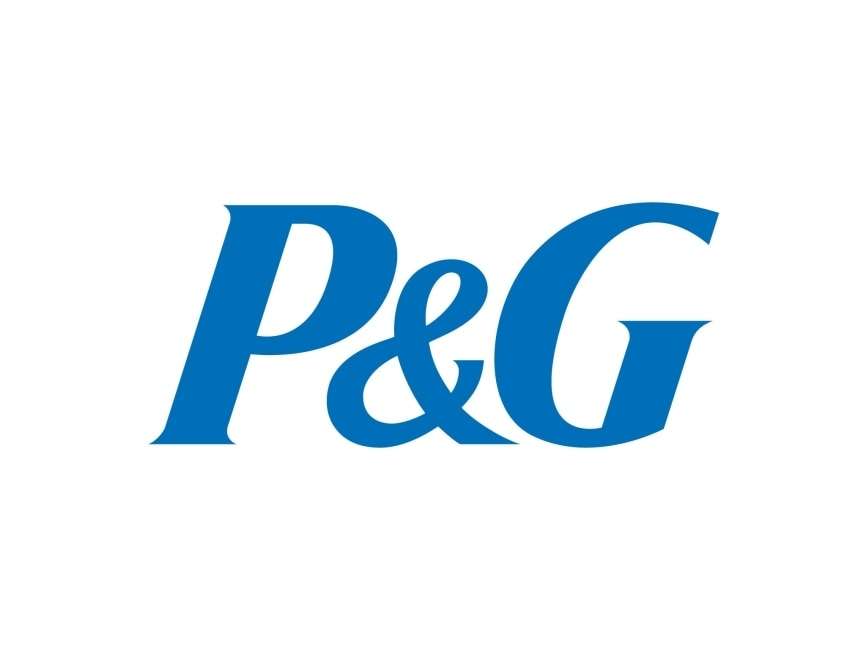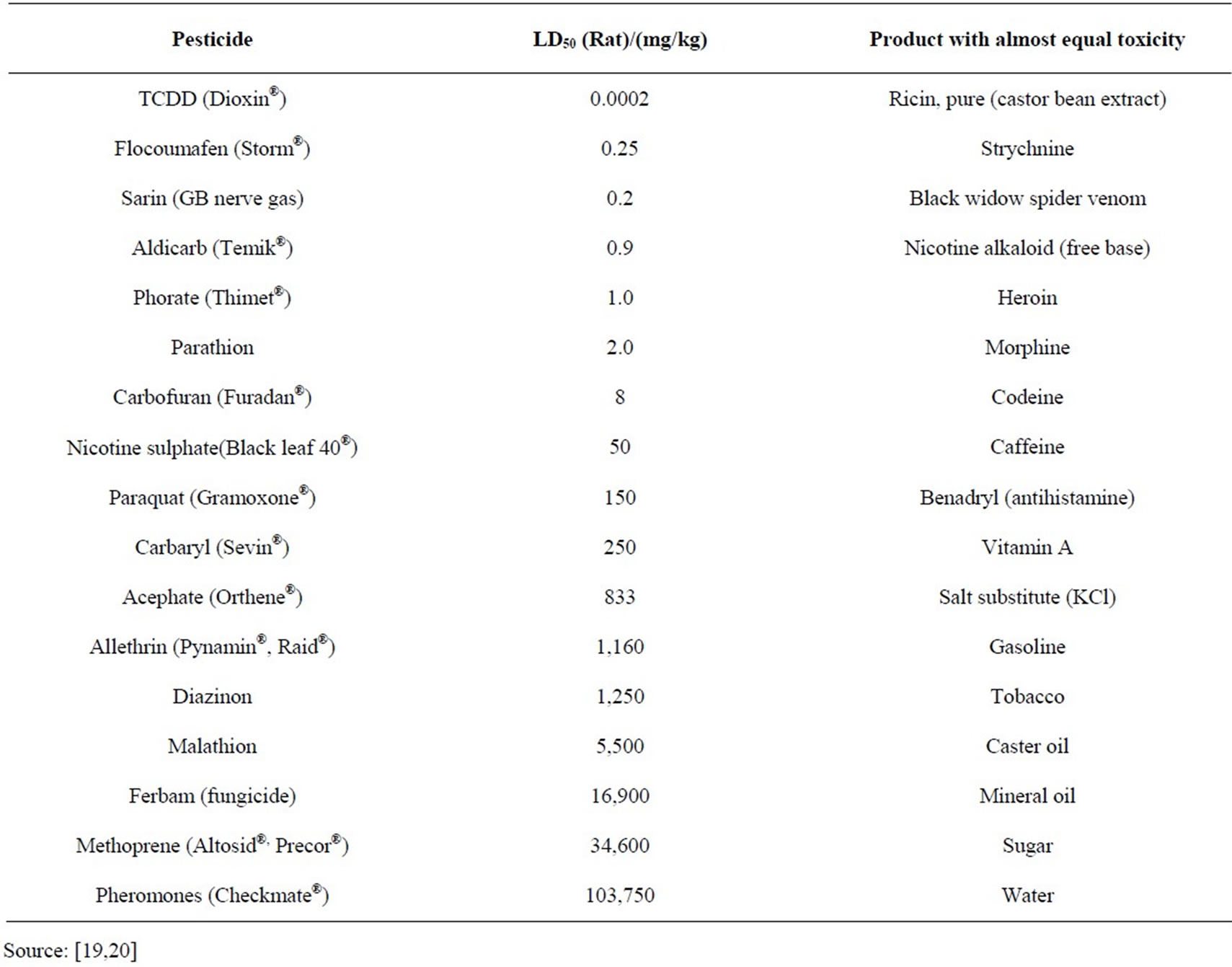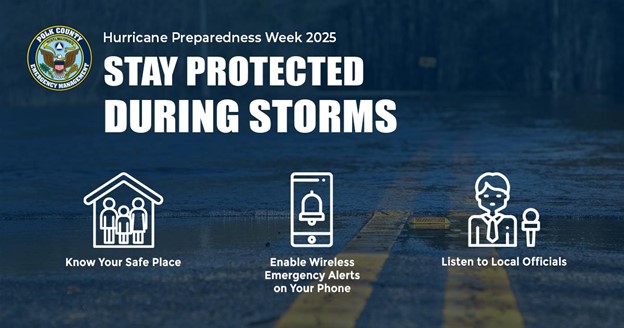Report on Procter & Gamble’s Water Positive Future Strategy and its Alignment with UN Sustainable Development Goals
Introduction: Addressing a Global Crisis
Procter & Gamble (P&G) has formally acknowledged the global water crisis, noting that water stress currently impacts approximately one-quarter of the world’s population. Recognizing that water is a fundamental resource for its products and for planetary health, the company has implemented a comprehensive “Water Positive Future” strategy. This report details the pillars of this strategy, its specific targets, and its direct contributions to several United Nations Sustainable Development Goals (SDGs), particularly SDG 6 (Clean Water and Sanitation).
Strategic Framework: A Multi-Faceted Approach to Water Stewardship
P&G’s strategy is built on a commitment to ensure the long-term availability of water for both human populations and natural ecosystems. The approach is organized around three core ambitions that align with key global sustainability targets.
1. Operational Efficiency and Responsible Production (SDG 12)
In direct support of SDG 12 (Responsible Consumption and Production), P&G is focused on minimizing the water footprint of its manufacturing processes. The company mandates that all sites located in high water-stress areas conduct detailed watershed analyses and develop localized action plans. Key objectives include:
- Reducing water consumption at manufacturing facilities by 35% per unit of production against a 2010 baseline.
- Recycling and reusing 5 billion liters of water annually across its facilities.
These actions demonstrate a commitment to decoupling economic growth from environmental degradation by improving resource efficiency.
2. Water Restoration and Community Resilience (SDG 6 & SDG 11)
P&G’s strategy extends beyond its factory walls to actively restore water in critical regions. This directly addresses the targets of SDG 6 (Clean Water and Sanitation) and SDG 11 (Sustainable Cities and Communities).
The company has committed to restoring more water than is consumed at its manufacturing sites in 18 identified water-stressed areas. This is achieved through long-term, nature-based projects such as:
- Wetland restoration
- Aquifer replenishment
- Improvements in agricultural irrigation efficiency
- Water quality enhancement projects
Furthermore, P&G is targeting the water consumed by its products post-purchase, aiming to restore more water than is used by consumers in the metropolitan areas of Mexico City and Los Angeles, thereby enhancing the water security and resilience of these urban communities.
3. Innovation for Sustainable Consumption (SDG 9 & SDG 12)
Innovation is a cornerstone of the strategy, aligning with SDG 9 (Industry, Innovation, and Infrastructure). P&G leverages its research and development capabilities to create products that enable consumers to reduce their own water consumption, advancing SDG 12.
- Product Innovation: Products like Cascade Platinum Plus ActionPacs are designed to eliminate the need for pre-washing dishes, potentially saving up to 20 gallons of water per load.
- Systemic Innovation: Through its partnership in the 50 Liter Home Coalition, P&G is working to re-imagine daily water use, aiming to make a 50-liter per person daily consumption feel as abundant as 500 liters through technological and behavioral solutions.
Commitments and Goals for 2030
P&G has established a clear set of time-bound targets to measure its progress towards a water-positive future. These goals are integral to its contribution to the 2030 Agenda for Sustainable Development.
- Water Efficiency: Achieve a 35% increase in water efficiency at all facilities (vs. 2010).
- Water Recycling: Recycle and reuse 5 billion liters of water annually.
- Manufacturing Water Restoration: Restore more water than is consumed during manufacturing in 18 designated water-stressed areas.
- Consumer Use Water Restoration: Restore more water than is consumed during product use in the metropolitan areas of Los Angeles and Mexico City.
- Clean Drinking Water Access (SDG 6): Provide 25 billion liters of clean drinking water to communities in need by 2025 through its Children’s Safe Drinking Water (CSDW) Program, directly addressing Target 6.1 of the SDGs.
The Role of Strategic Partnerships (SDG 17)
Acknowledging the complexity of global water challenges, P&G’s strategy heavily relies on collaboration, embodying the principles of SDG 17 (Partnerships for the Goals). The company works with a diverse range of organizations to ensure its interventions are scientifically sound and locally relevant.
- Risk Assessment and Prioritization: Partnerships with the World Resources Institute (WRI) and the World Wildlife Fund (WWF) help identify and prioritize actions in the most critical areas.
- Implementation and Local Expertise: Collaboration with on-the-ground partners like the Bonneville Environmental Foundation (BEF) and Mexico City’s Water Fund (Agua Capital) ensures that projects are tailored to the unique ecological and social contexts of each watershed.
Conclusion and Future Outlook
P&G’s Water Positive Future strategy represents a comprehensive corporate effort to address water scarcity through a model that integrates operational improvements, ecosystem restoration, consumer-facing innovation, and multi-stakeholder partnerships. By embedding its actions within the framework of the Sustainable Development Goals, P&G aims to make a measurable and meaningful contribution to global water security. The company acknowledges that challenges remain, but its commitment to continuous evolution and collaboration positions it as a key private-sector actor in the pursuit of a sustainable and water-secure world. Progress and updates are publicly tracked via its ESG Investor Portal and annual Citizenship Reports.
SDGs Addressed in the Article
-
SDG 6: Clean Water and Sanitation
This is the most central SDG in the article. P&G’s entire “Water Positive Future” strategy is built around the principles of this goal, including providing clean drinking water, improving water efficiency in operations, recycling water, and restoring water in stressed areas.
-
SDG 9: Industry, Innovation, and Infrastructure
The article highlights P&G’s commitment to innovation as a core part of its water strategy. This includes developing new products and technologies that help consumers reduce water usage and partnering with coalitions like the “50 Liter Home Coalition” to create new solutions for a resilient water future.
-
SDG 12: Responsible Consumption and Production
P&G addresses this goal by focusing on the entire lifecycle of its products. The company works to reduce water in its manufacturing processes and develops products, like Cascade ActionPacs, that enable consumers to use less water, thereby promoting more sustainable consumption patterns.
-
SDG 17: Partnerships for the Goals
The article repeatedly emphasizes that P&G cannot solve water challenges alone. It explicitly mentions collaborations with organizations like the World Resources Institute (WRI), World Wildlife Fund (WWF), and local water funds to assess risk, leverage expertise, and implement impactful, sustainable projects.
Specific SDG Targets Identified
SDG 6: Clean Water and Sanitation
-
Target 6.1: By 2030, achieve universal and equitable access to safe and affordable drinking water for all.
- The article connects to this target through P&G’s Children’s Safe Drinking Water (CSDW) Program, which has a goal to “Provide 25 billion liters of clean drinking water to children and families in need around the world by 2025.”
-
Target 6.3: By 2030, improve water quality by…substantially increasing recycling and safe reuse globally.
- This is addressed by P&G’s specific goal to “Recycle and reuse 5 billion liters of water in P&G facilities annually” by 2030.
-
Target 6.4: By 2030, substantially increase water-use efficiency across all sectors and ensure sustainable withdrawals and supply of freshwater to address water scarcity.
- The article details several actions for this target, including increasing water efficiency in facilities by 35%, and a commitment to “Restore more water than is consumed” in manufacturing sites in 18 water-stressed areas and during product use in Mexico City and Los Angeles.
-
Target 6.5: By 2030, implement integrated water resources management at all levels.
- P&G’s strategy requires its sites in high water-stressed areas to “understand their local watersheds and create action plans” in collaboration with local partners, which directly supports the implementation of integrated management.
SDG 9: Industry, Innovation, and Infrastructure
-
Target 9.4: By 2030, upgrade infrastructure and retrofit industries to make them sustainable, with increased resource-use efficiency and greater adoption of clean and environmentally sound technologies.
- The article states that “Innovation is at the heart of P&G’s water strategy” and mentions the development of “new products and technologies that help consumers reduce their water usage,” such as Cascade ActionPacs.
SDG 12: Responsible Consumption and Production
-
Target 12.2: By 2030, achieve the sustainable management and efficient use of natural resources.
- P&G’s product innovations, like Cascade enabling consumers to “skip the pre-wash,” directly contribute to the more efficient use of water resources at the consumer level.
-
Target 12.8: By 2030, ensure that people everywhere have the relevant information and awareness for sustainable development.
- The article states that “P&G believes in empowering consumers to make a positive impact on water conservation” through “educational initiatives” that aim to “promote water-saving practices at home.”
SDG 17: Partnerships for the Goals
-
Target 17.17: Encourage and promote effective public, public-private and civil society partnerships.
- The article explicitly states, “We know we can have a greater impact when we work together,” and lists partnerships with WRI, WWF, Bonneville Environmental Foundation, the Mexico City Water Fund, and the 50 Liter Home Coalition as examples of its collaborative approach.
Indicators for Measuring Progress
Indicators Mentioned or Implied in the Article
-
For SDG 6:
- Provision of 25 billion liters of clean drinking water by 2025.
- A 35% increase in water efficiency per unit of production from a 2010 baseline.
- Recycling and reusing 5 billion liters of water annually by 2030.
- Restoring a volume of water greater than what is consumed at manufacturing sites in 18 specified water-stressed areas.
- Restoring a volume of water greater than what is consumed during product use in the metropolitan areas of Mexico City and Los Angeles.
- Creation of local watershed action plans for all sites in high water-stressed areas.
-
For SDG 9 & 12:
- Amount of water saved per consumer use (e.g., “up to 20 gallons of water per dishwasher load” by skipping the pre-wash with Cascade).
- Development of new water-saving products and technologies.
- Number of consumers reached through educational initiatives on water conservation.
-
For SDG 17:
- The number and nature of active partnerships with environmental and local organizations (e.g., WRI, WWF, Agua Capital, BEF, 50 Liter Home Coalition).
SDGs, Targets, and Indicators Analysis
| SDGs | Targets | Indicators Identified in the Article |
|---|---|---|
| SDG 6: Clean Water and Sanitation | 6.1: Achieve universal and equitable access to safe and affordable drinking water. | Provide 25 billion liters of clean drinking water to children and families by 2025. |
| SDG 6: Clean Water and Sanitation | 6.3: Substantially increase recycling and safe reuse globally. | Recycle and reuse 5 billion liters of water in facilities annually by 2030. |
| SDG 6: Clean Water and Sanitation | 6.4: Substantially increase water-use efficiency and ensure sustainable withdrawals. | Increase water efficiency at facilities by 35% per unit of production (vs. 2010); Restore more water than is consumed at manufacturing sites in 18 water-stressed areas. |
| SDG 6: Clean Water and Sanitation | 6.5: Implement integrated water resources management. | Requirement for sites in water-stressed areas to create local watershed action plans with partners. |
| SDG 9: Industry, Innovation, and Infrastructure | 9.4: Upgrade industries to make them sustainable…with increased resource-use efficiency. | Development of new products and technologies that help consumers reduce water usage (e.g., Cascade ActionPacs). |
| SDG 12: Responsible Consumption and Production | 12.2: Achieve the sustainable management and efficient use of natural resources. | Products that enable consumers to save up to 20 gallons of water per dishwasher load. |
| SDG 12: Responsible Consumption and Production | 12.8: Ensure people have relevant information and awareness for sustainable development. | Empowering consumers through educational initiatives to promote water-saving practices. |
| SDG 17: Partnerships for the Goals | 17.17: Encourage and promote effective public-private and civil society partnerships. | Collaboration with WRI, WWF, BEF, Agua Capital, and the 50 Liter Home Coalition. |
Source: us.pg.com







